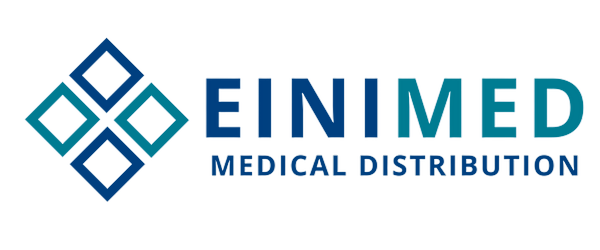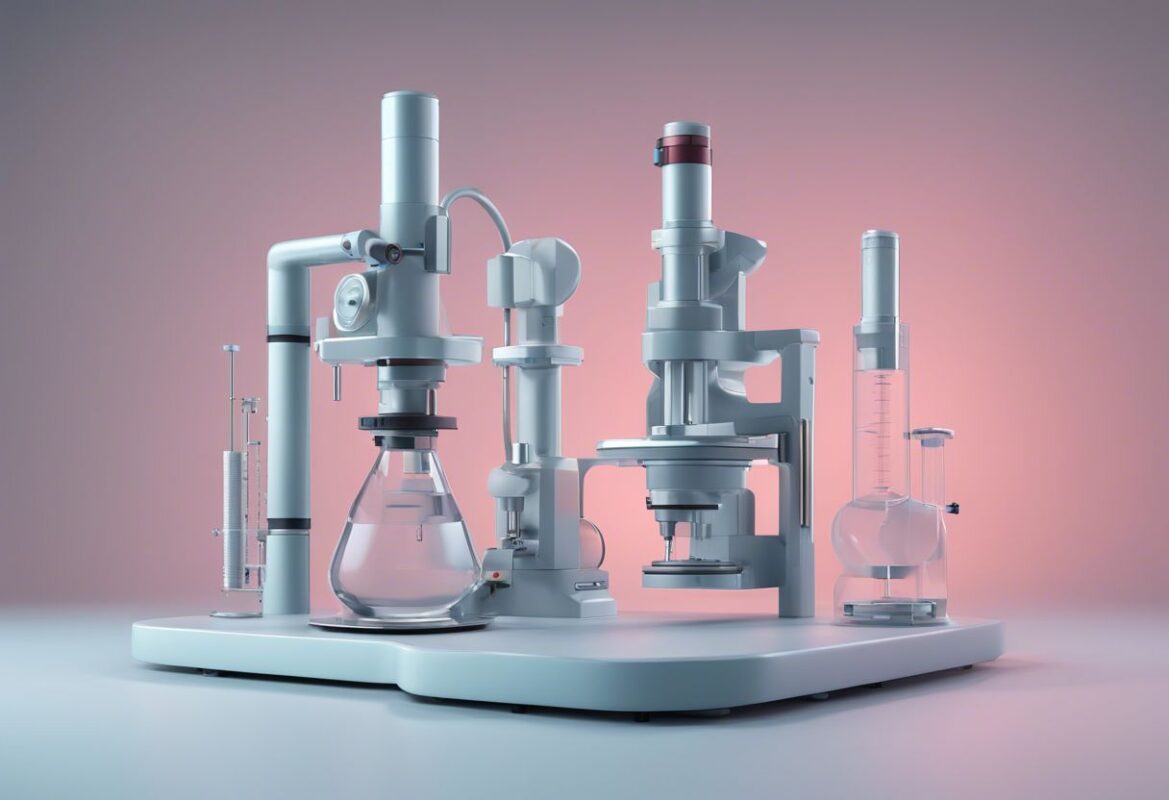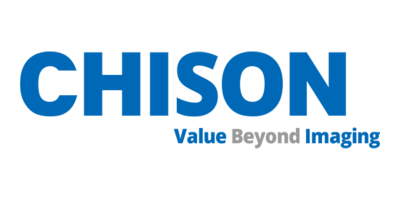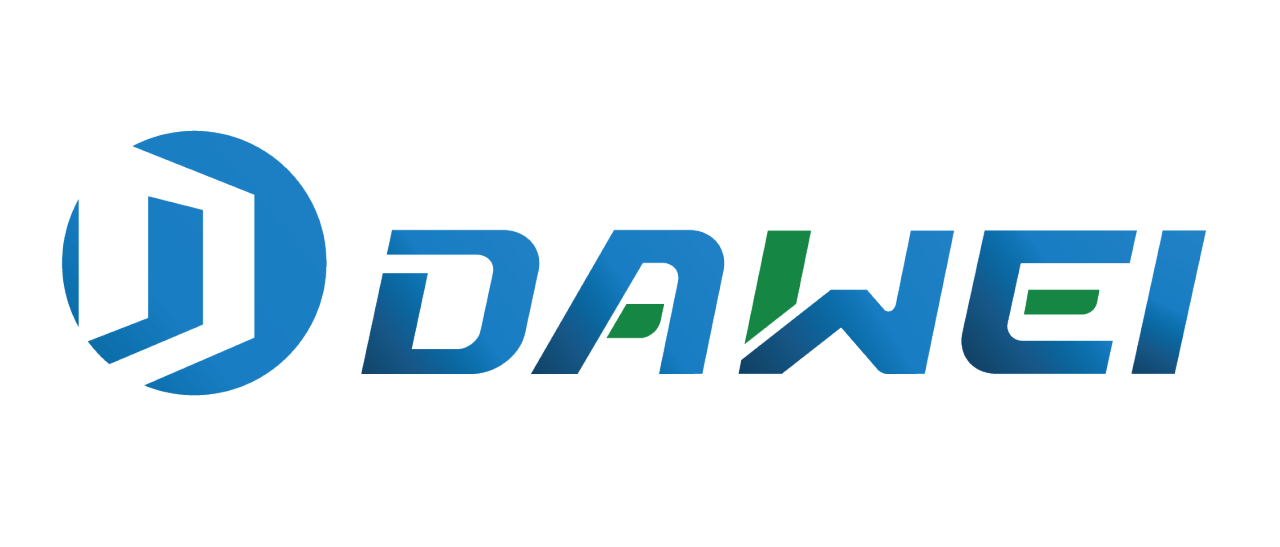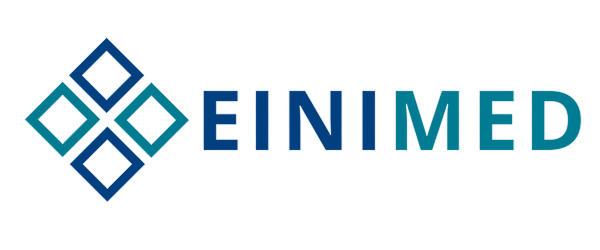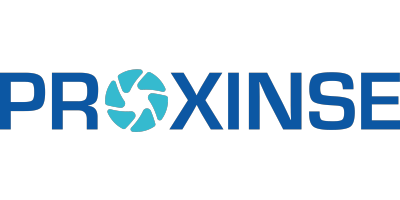Artificial Intelligence (AI) is rapidly transforming the landscape of drug discovery, making the process faster, more efficient, and more cost-effective. By leveraging advanced algorithms and vast amounts of data, AI is enabling researchers to identify potential drug candidates with unprecedented precision. This comprehensive post explores the role of AI in drug discovery, its applications, benefits, and the future trends shaping the pharmaceutical industry.
Understanding AI in Drug Discovery
Drug discovery is a complex and lengthy process that involves identifying new candidate medications, which typically takes years and significant financial investment. AI technologies, including machine learning, neural networks, and natural language processing, are being applied to various stages of this process to streamline and enhance it.
Key Components of AI in Drug Discovery
- Data Analysis: AI algorithms analyze large datasets to identify patterns and relationships that are not apparent to human researchers.
- Predictive Modeling: Machine learning models predict the biological activity and potential efficacy of compounds.
- Automated Synthesis: AI-driven robots and systems can perform automated synthesis and testing of compounds.
- Biomarker Identification: AI helps in identifying biomarkers for disease diagnosis and monitoring.
Applications of AI in Drug Discovery
1. Target Identification and Validation
Overview
AI technologies are used to identify and validate biological targets that are involved in disease pathways. This involves analyzing genomic, proteomic, and clinical data to find potential targets for new drugs.
Key Features
- Genomic Data Analysis: AI processes vast amounts of genomic data to identify genetic variations associated with diseases.
- Proteomics: AI analyzes protein expression data to identify potential targets.
- Literature Mining: Natural language processing (NLP) scans scientific literature to find relevant studies and data.
Benefits
- Efficiency: Faster identification of viable targets.
- Precision: Higher accuracy in target validation.
- Comprehensive Analysis: Integration of diverse data sources for a holistic view.
2. Drug Screening and Lead Optimization
Overview
AI accelerates the process of screening millions of compounds to identify those with the highest potential for therapeutic effects. It also optimizes lead compounds to improve their efficacy and safety.
Key Features
- Virtual Screening: AI performs in silico screening of compound libraries to predict interactions with biological targets.
- Structure-Based Drug Design: AI uses the 3D structures of targets to design compounds that fit well.
- Predictive Toxicology: AI predicts potential toxicity and side effects of compounds early in the development process.
Benefits
- Cost Reduction: Reduces the need for extensive physical testing.
- Speed: Significantly shortens the drug screening process.
- Safety: Early identification of toxic compounds reduces the risk of later-stage failures.
3. Drug Repurposing
Overview
AI is used to find new therapeutic uses for existing drugs. By analyzing existing data on approved drugs, AI can identify potential new indications for these drugs.
Key Features
- Data Integration: AI integrates data from clinical trials, research studies, and patient records.
- Pattern Recognition: Machine learning identifies patterns that suggest new uses for existing drugs.
- Predictive Modeling: AI models predict the efficacy of repurposed drugs for new indications.
Benefits
- Speed: Faster path to market since safety profiles are already established.
- Cost-Effectiveness: Lower development costs compared to developing new drugs.
- Reduced Risk: Higher success rates due to existing safety data.
4. Clinical Trials Optimization
Overview
AI optimizes the design and execution of clinical trials, improving patient recruitment, monitoring, and data analysis.
Key Features
- Patient Recruitment: AI identifies suitable candidates for clinical trials by analyzing patient data.
- Adaptive Trial Design: Machine learning models adapt trial protocols based on interim results.
- Real-Time Monitoring: AI monitors patient data in real-time to ensure safety and efficacy.
Benefits
- Efficiency: Faster and more effective clinical trials.
- Patient Safety: Improved monitoring reduces risks for participants.
- Cost Savings: Reduced costs through optimized trial designs and processes.
Benefits of AI in Drug Discovery
Speed and Efficiency
AI accelerates the drug discovery process by automating and optimizing various stages, from target identification to clinical trials. This leads to faster development times and the potential to bring new drugs to market more quickly.
Cost Reduction
By reducing the need for extensive laboratory testing and optimizing clinical trials, AI lowers the overall cost of drug development. This makes it more feasible to develop treatments for rare and neglected diseases.
Enhanced Precision
AI’s ability to analyze large datasets and identify patterns that are not apparent to human researchers leads to more precise target identification and drug design. This improves the chances of success in the drug development process.
Risk Mitigation
Early prediction of toxicity and side effects through AI reduces the risk of late-stage failures in drug development. This enhances the safety profile of new drug candidates.
Personalized Medicine
AI enables the development of personalized treatments by analyzing genetic, proteomic, and clinical data to tailor therapies to individual patients. This leads to more effective and targeted treatments.
Future Trends in AI-Driven Drug Discovery
Integration with Quantum Computing
- Innovation: Quantum computing has the potential to process complex biological data much faster than traditional computers.
- Impact: Accelerated drug discovery and optimization processes, leading to faster development of new therapies.
Expansion of Real-World Data Utilization
- Innovation: Increasing use of real-world data from electronic health records, wearable devices, and patient registries.
- Impact: More accurate and comprehensive data for drug discovery and development, leading to improved outcomes.
Collaborative AI Platforms
- Innovation: Development of collaborative platforms where pharmaceutical companies, researchers, and AI developers can share data and resources.
- Impact: Enhanced collaboration and innovation in drug discovery, leading to more breakthroughs.
Regulatory Support and Frameworks
- Innovation: Development of regulatory frameworks that support the use of AI in drug discovery.
- Impact: Faster approval processes for AI-developed drugs and increased trust in AI-driven methodologies.
Ethical and Transparent AI
- Innovation: Focus on developing AI systems that are ethical, transparent, and unbiased.
- Impact: Greater trust and acceptance of AI in drug discovery, ensuring fair and equitable treatment development.
Conclusion
AI is revolutionizing drug discovery by making the process faster, more efficient, and more cost-effective. From target identification and lead optimization to drug repurposing and clinical trials, AI is enhancing every stage of drug development. The benefits of AI-driven drug discovery include reduced costs, improved precision, and faster development times, ultimately leading to better patient outcomes. As technology continues to evolve, the integration of AI with quantum computing, real-world data, and collaborative platforms will further transform the pharmaceutical industry. By embracing these advancements, pharmaceutical companies and researchers can drive innovation, develop new therapies, and improve the quality of care for patients worldwide.
